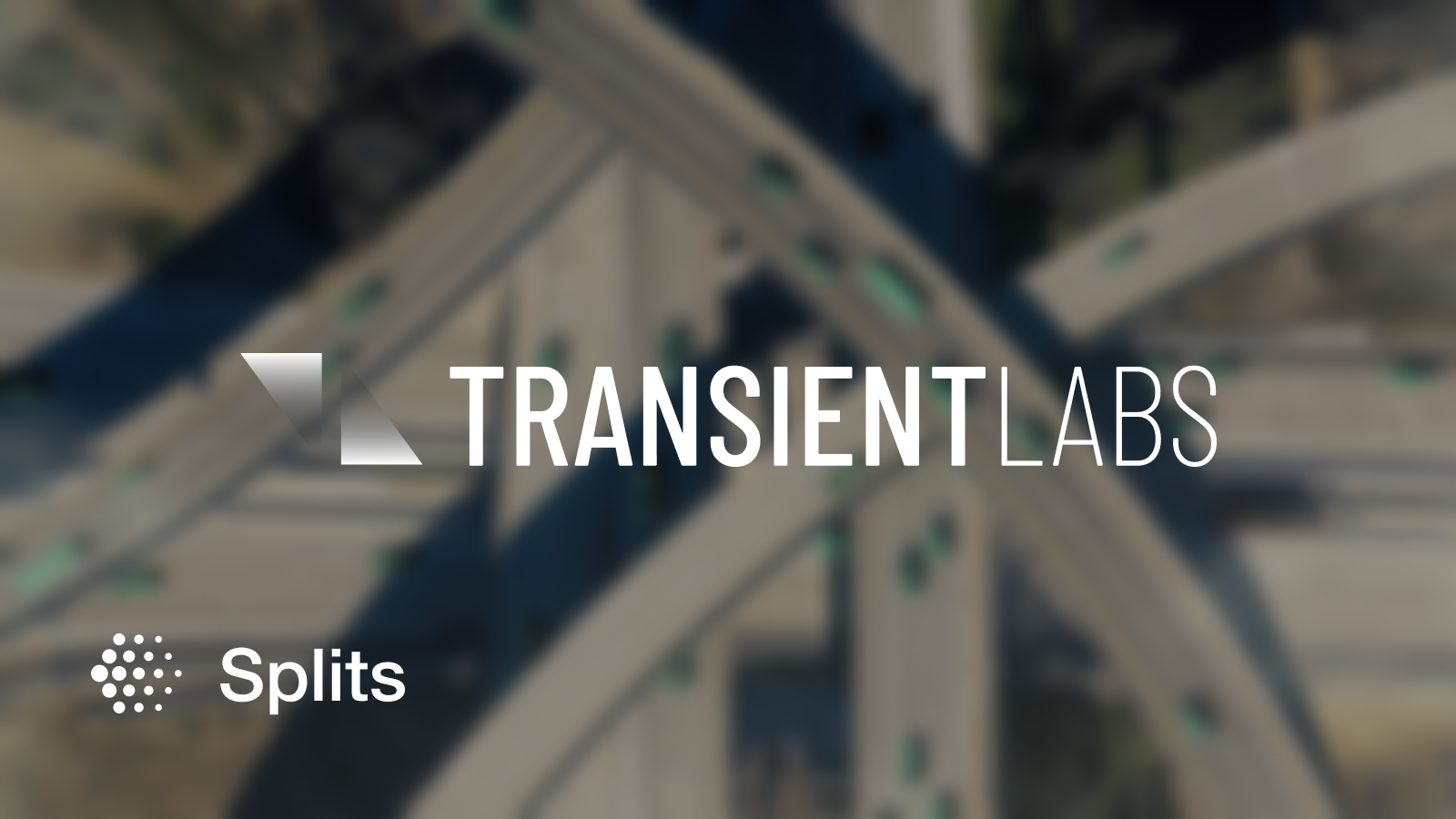Onchain Experiences with Transient Labs


Transient Labs does R&D for NFTs. Putting jpegs on the blockchain is all well and good, but that's just the beginning of the possibilities. Transient Labs creates NFTs that do something; interactive artifacts rather than static snapshots.
The first Transient NFT was On The Edge, a midwinter canyon landscape that shifts from dawn to daylight to dusk to midnight, based on the viewer's local sunrise and sunset times. More recently, Transient worked with photographer Jeremy Cowart on Lightograph portraits, which allow the viewer to control the lighting of the photo via cursor movement, as though the sun were orbiting the subject at your command.
Transient Labs was born from the realization that internet art collecting has new affordances. Decades of digital artists have pushed beyond analog limitations in the production and presentation of art, but before NFTs it was hard to package these innovations into something collectors could own.
Genesis
Co-founders Marco Peyfuss and Ben Strauss met while studying for their mechanical engineering degrees. In 2021, serendipitously, they ended up working at the same aerospace company. Ben introduced Marco to NFTs, and that summer the two became increasingly obsessed with using Ethereum to blend art, code, and commerce. Over cafeteria lunches, they brainstormed how to take advantage of this new medium.
After a couple successful experiments like On The Edge, augmenting Ben's landscape photography with clever code, the company was formed as a consulting studio. Throughout 2022, Marco and Ben hustled "around the clock," Marco recalled in a recent conversation, "slowly building up our reputation and our bank of ideas."
Before long Transient began collaborating with other creators, providing the technical savvy to augment their visions. Artists "spend so much time creating something beautiful," Marco pointed out. "How can you expect them to also learn technology to build something interesting or new?" Naturally, that's where Transient comes in.
The Mission
Today, Transient Labs is building "no-code creator tooling for what we consider next-generation digital assets, where you can do more than just mint a jpeg," Marco explained. The plan is to offer a broadly accessible platform for dynamic NFTs, one that will incorporate and expand Transient's existing inventions.
Over the course of hundreds of collaborations with artists, Transient has developed various tools that are publicly available for anyone to use. Such as Story Inscriptions, a protocol for creators and collectors to "attach textual narratives or stories to their NFTs." Or Synergy, which allows collectors to consent to creator-initiated metadata updates.
"Everything that we do is actually immutable, it's just dynamic in an immutable way. It changes based on a certain set of rules, but you can't just change those rules willy-nilly on people." — Marco Peyfuss
The relationship between creator and collector is the topic that Transient Labs returns to repeatedly. One of the most intriguing projects is Doppelganger:
Instead of confining an NFT to a single piece of media, Doppelganger empowers creators to populate an array with multiple artworks, all associated with a single token. The array's contents are under the artist's control, and they can add new artworks as they create.
The collector, on the other hand, possesses a unique privilege — the ability to select which artwork from the array their token points to, effectively changing the NFT's metadata, thereby its fundamental essence.
Collector's Choice takes it a step further with a deadline that locks in the collector's selection. "This mechanic, unique to the Collector's Choice contract, results in a collection whose rarity distribution is completely set by the collectors through their choices."
Another provocative tool is the Shatter Contract:
Unlike a traditional ERC721, where a digital artwork remains a 1/1, Shatter offers the option to transform it into a pre-defined number of editions or unique 1/1s, as determined by the creator. This transformation is a one-time event that can occur after a predetermined time horizon set by the creator.
Consider two examples:
- Tim Maxwell's Shattered Opportunities, ironically unshattered, is dense with compressed anticipation.
- Bryan Brinkman and Rich Caldwell's Traffic Jams sprawls out luxuriously, all its permutations on display.
Transient Labs brings the onchain nature of the creation — its NFTness, if you will — directly into the artistic process. "We talk about creating WITH the blockchain, not ON the blockchain," Marco said, like a sculptor uses clay.
Transient x Splits
Marco discovered Splits when he was playing around with creating his own ETH splitter. He mentioned this to a friend, who introduced him to Splits. Marco immediately recognized how useful it would be for managing the revenue from Transient's many collaborations.
"Pretty much on every project now we use it, because it's so much easier than invoicing. A lot of our projects are percent-based, like we get X percent of primary sales. Splits just works so much better than having to pay out all proceeds to the artist and then invoice later, make sure that they send the funds the right way, etc. You can use these splitters onchain to just be your contract of work basically, which is really awesome."
Transient has also used Swapper to automatically convert ETH payouts to USDC per an artist's request.
"We believe that there's a fundamental benefit to transacting and having business logic onchain, because it's immutable, there for people to review, and open source. Any piece of technology, we think, should feel magical, and Splits does feel that way. The payment's there, it splits, it distributes… it's really just a seamless procedure to use."
Transient Labs plans to continue using Splits as it builds out an open-access platform for artists to create new onchain experiences.